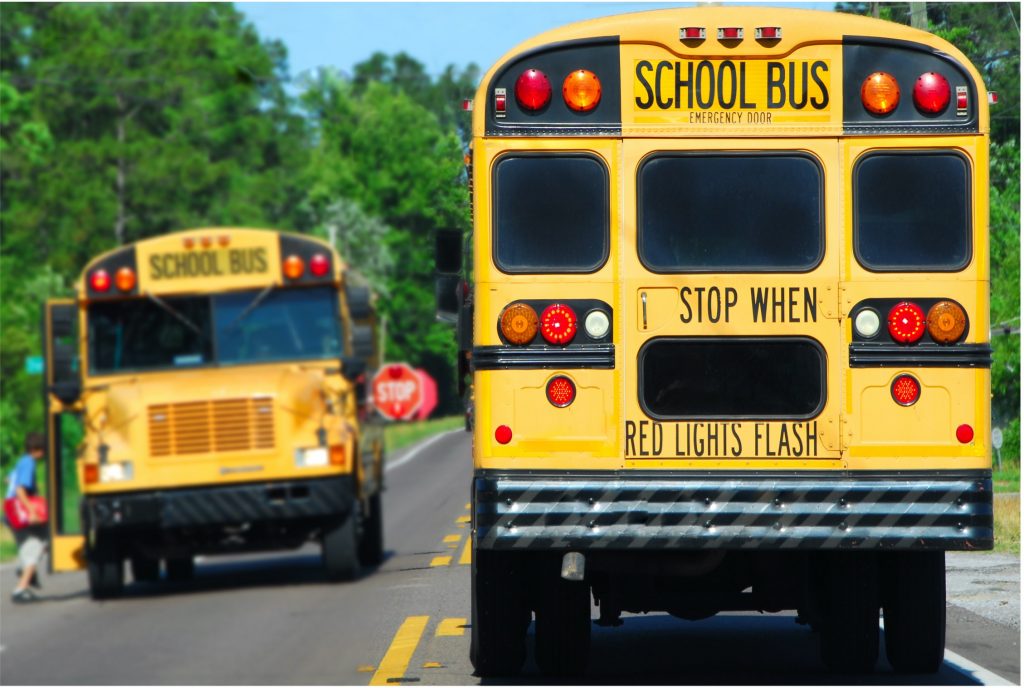In 2020, nearly 20% of all American schools switched to full-time online learning due to the COVID-19 pandemic. However, since the start of the 2021’s fall semester, this number has been significantly reduced. Now that the majority of American students are once again in the classroom, former police officer Dr. Raymond Trigg believes it is time that parents and teachers review school safety tips with their children.
As a retired police officer with nearly 30 years of experience in the New Brunswick Police Department and 20 years of experience in the school system as a D.A.R.E. (Drug Abuse Resistance Education) Officer and G.R.E.A.T. (Gang Resistance Education and Resistance) Officer, Dr. Raymond Trigg is uniquely positioned to discuss the complex topic of school safety. Dr. Raymond Trigg has a doctoral degree in higher education and has years of experience as an adjunct professor and substitute teacher. Below, Dr. Raymond Trigg will share school safety tips garnered towards elementary and middle school students and what parents can do to help facilitate safe practices at school.
Walking to School
Many children who live close to their school elect to walk to and from the school’s campus each day. Of these students, a large majority will walk alone. However, before students venture out unaccompanied by an adult, it’s important that parents sit their children down and come up with a list of safety precautions and protocols for their daily walk. As a former police officer, Dr. Raymond Trigg has in-depth knowledge of safety precautions that all children should abide by when walking without a parent. Dr. Raymond Trigg recommends that all students who walk to and from school without a parent walk with peers and classmates, as there is strength in numbers. Additionally, children are encouraged to walk straight home after school each day and use the same route to and from the house. Always obey traffic signals and pavement markings, and look both ways before crossing an intersection. Children are encouraged to never cross a street from between obstacles like parked cars and shrubbery, as it can be difficult for drivers to spot them.
Finally, parents must stress the importance of never talking to a stranger if they are approached during their walk to school. If a person does approach them, students should be taught to get distance between themselves and the stranger and go to either a highly public area like the school or a neighbor where they should immediately report the incident.


School Bus Safety
According to the National Highway Traffic Safety Administration, riding in a school buses 70% safer than riding in any other vehicle. However, while school buses are perhaps the safest way for children to get to and from school, there are safety tips that parents can utilize to further ensure their child’s safety. These tips include:
- Waiting with your child at the bus stop until the child gets onto the bus.
- Teach your child to wait until the bus comes to a complete stop before getting off the bus. Additionally, teaching them to always walk in front of the bus when crossing to ensure they are visible.
- Teach your child how to safely cross the street after exiting the bus by 1) making sure the bus driver sees them 2) crossing only when all cars in the intersection have stopped 3) walking five large steps in front of the bus.
- Explaining to your child the importance of behaving on the bus and why the bus driver needs to remain undistracted.
Active Threat Within School
With the rising number of school shootings taking place each year, it is now more critical than ever that parents discuss these situations with their children and provide them with the knowledge and resources needed to protect themselves during the worst-case scenario. While it is understandable why parents may not wish to discuss the horrific nature of these events, talking about violence-based emergencies in an age-appropriate way will help children express their concerns and facilitate an educational conversation. It is crucial that parents are open and honest with their children and not lie about any of the dangers of a violent emergency at their school. Parents are encouraged to create a safe space for their child to express their concerns and reassure them in an honest fashion. Next parents should discuss safety procedures and critical response options in-depth, which include:
Get Out: If possible, children should remove themselves from a violent emergency as soon as possible and get to a safe place. Teachers will often share with students safe locations that they should go to in the case of an emergency; however, parents should also discuss this step with their children.
Keep Out: If it is not possible for students to remove themselves from the building during a violent emergency, they must remember to “keep out” of danger by locking or blocking all entrances to their rooms and staying away from the doors and windows.
Hide Out: Finally, if children are not able to get out of the building, they should remain out of sight and danger by hiding behind or underneath furniture.

